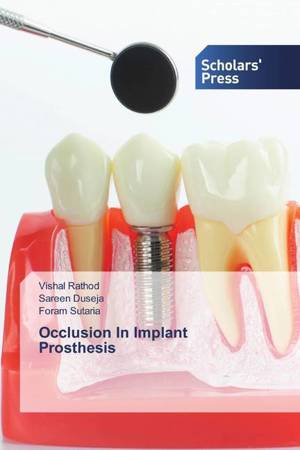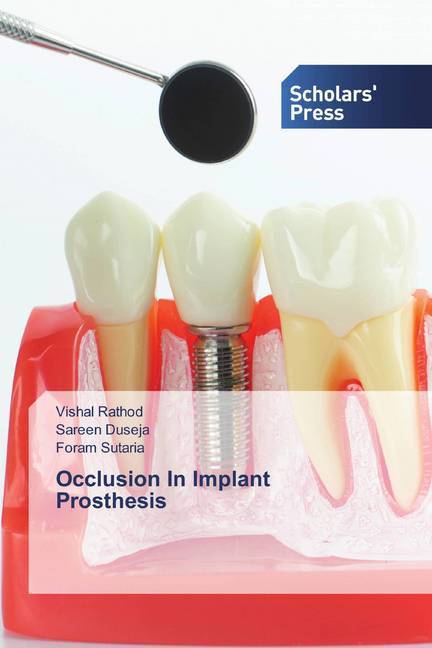
- Afhalen na 1 uur in een winkel met voorraad
- Gratis thuislevering in België vanaf € 30
- Ruim aanbod met 7 miljoen producten
- Afhalen na 1 uur in een winkel met voorraad
- Gratis thuislevering in België vanaf € 30
- Ruim aanbod met 7 miljoen producten
Zoeken
€ 51,95
+ 103 punten
Omschrijving
The implant body should be loaded in an axial direction. In a division A maxillary ridge the implant can be placed between the central fossa region and buccal cusp of the natural teeth. The buccal cusp of the natural tooth in the mandibular arch is the dominant occluding cusp. The palatal contour of the maxillary posterior implant crown is reduced to eliminate offset loads. The position of the maxillary buccal cusp should remain similar to that of the original tooth for proper esthetics and should remain out of occlusion in CR and all mandibular excursions. When further resorption occurs and the ridge evolves into division B to C bone, the maxillary palatal cusp may become the primary contact area, situated directly over the implant body. The palatal cusp angle is reduced, and a contact area is created directly over the implant abutment. Hence, the occlusal contacts differ from those of a natural tooth.
Specificaties
Betrokkenen
- Auteur(s):
- Uitgeverij:
Inhoud
- Aantal bladzijden:
- 64
- Taal:
- Engels
Eigenschappen
- Productcode (EAN):
- 9786138931027
- Verschijningsdatum:
- 19/05/2020
- Uitvoering:
- Paperback
- Formaat:
- Trade paperback (VS)
- Afmetingen:
- 152 mm x 229 mm
- Gewicht:
- 104 g

Alleen bij Standaard Boekhandel
+ 103 punten op je klantenkaart van Standaard Boekhandel
Beoordelingen
We publiceren alleen reviews die voldoen aan de voorwaarden voor reviews. Bekijk onze voorwaarden voor reviews.











